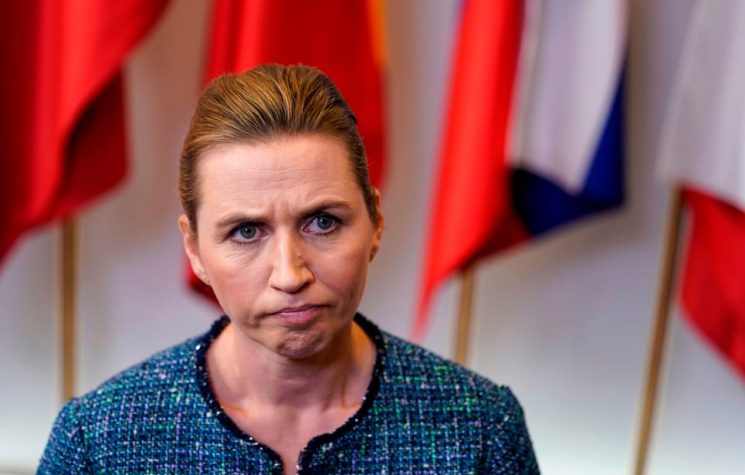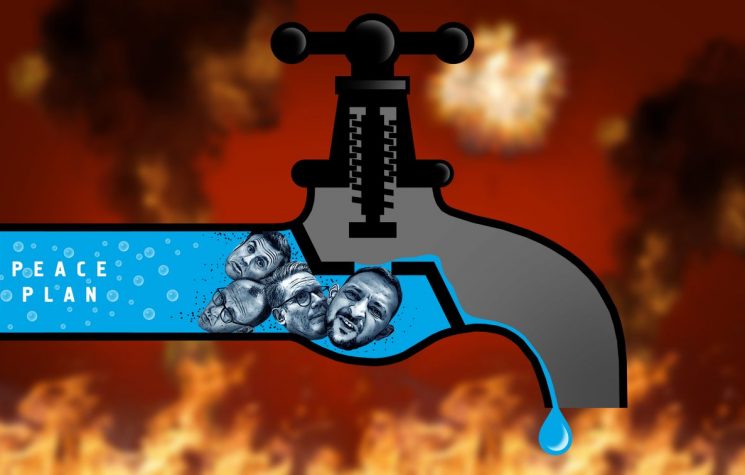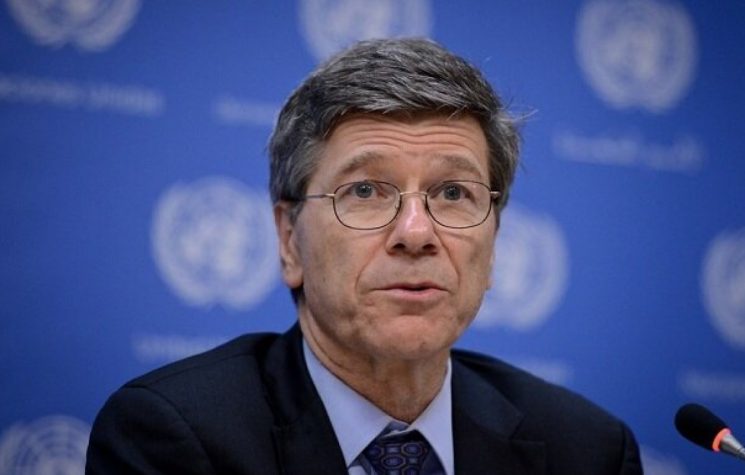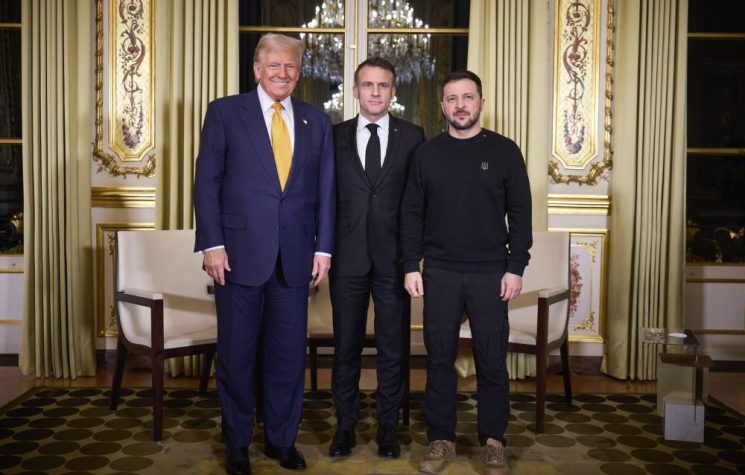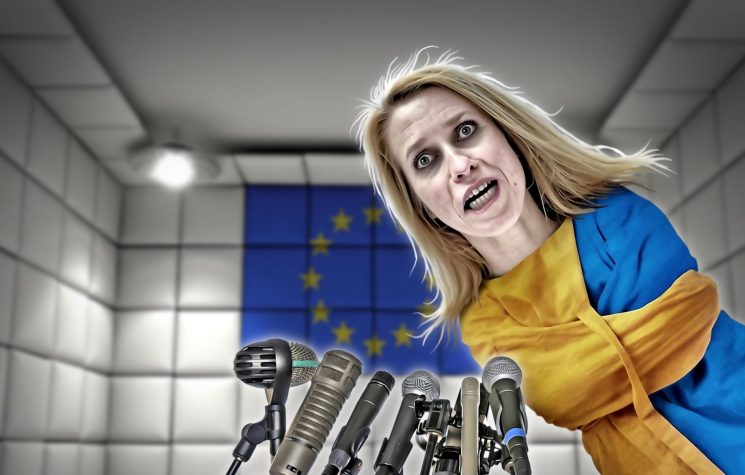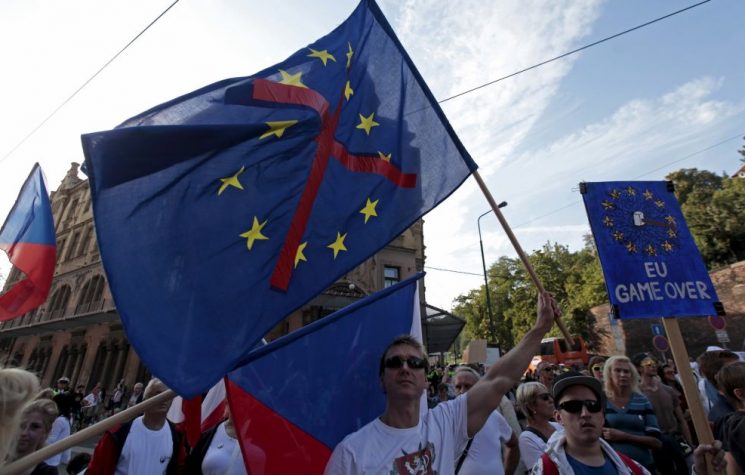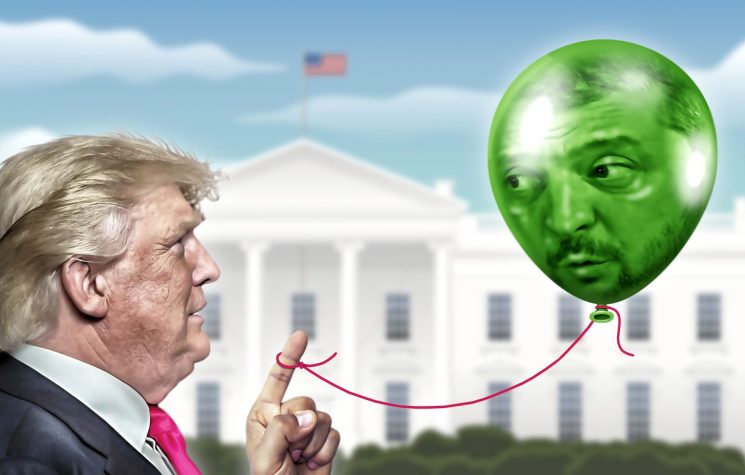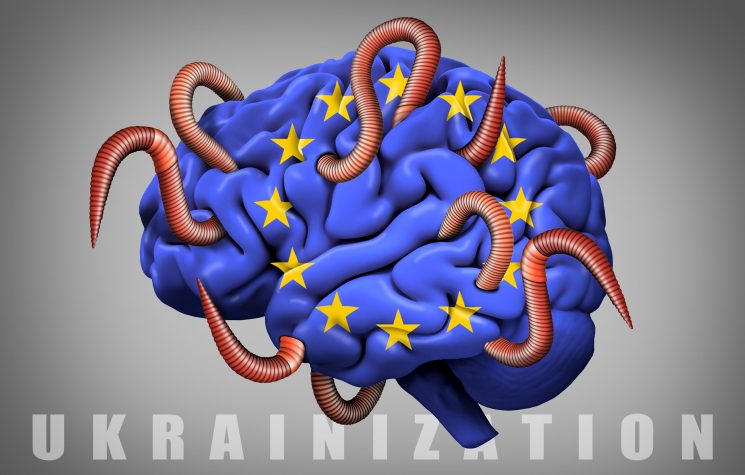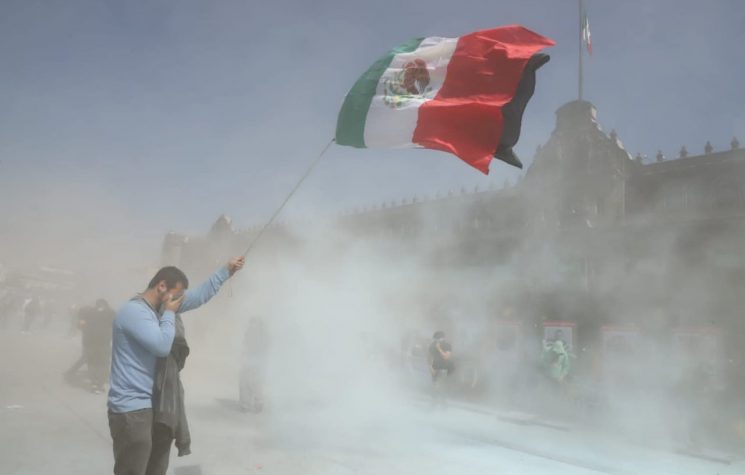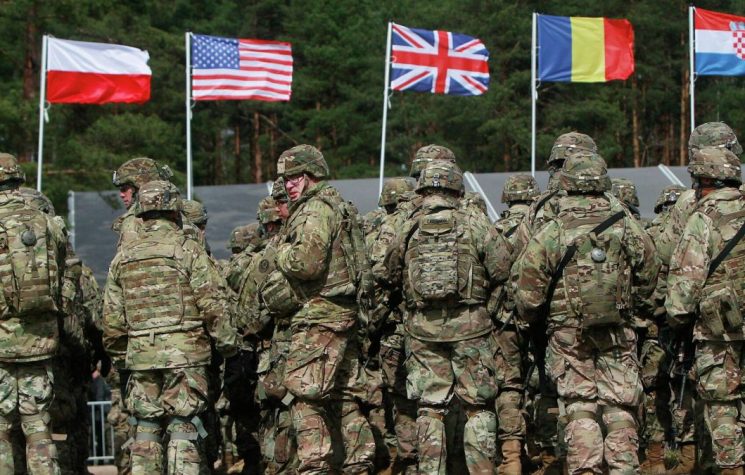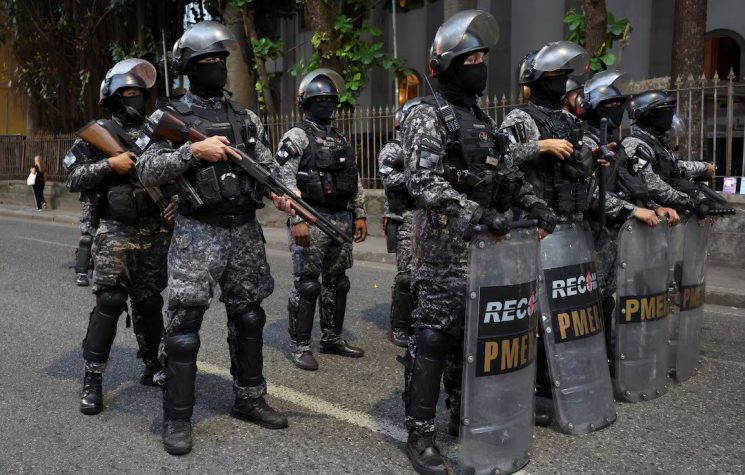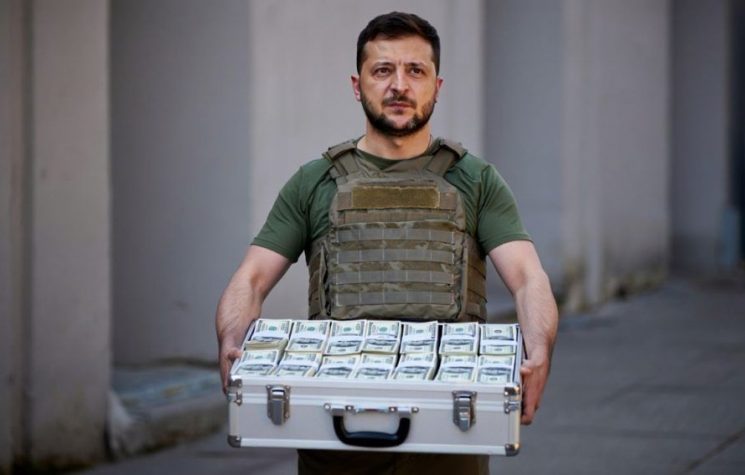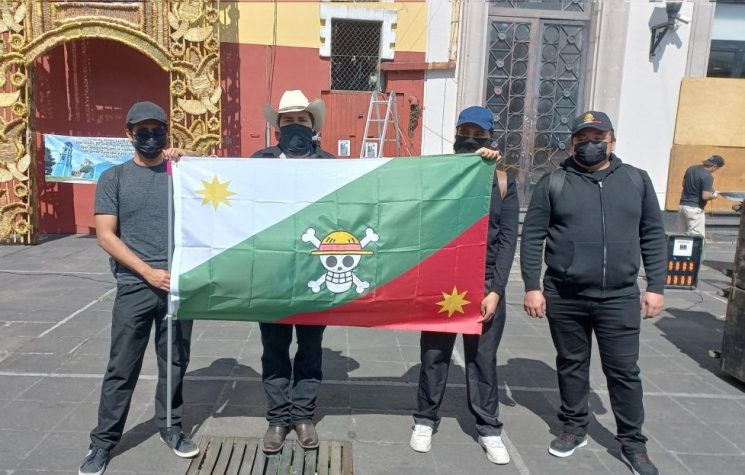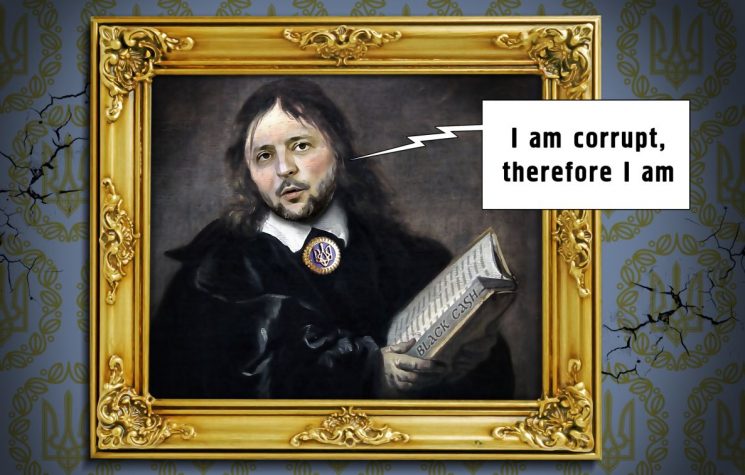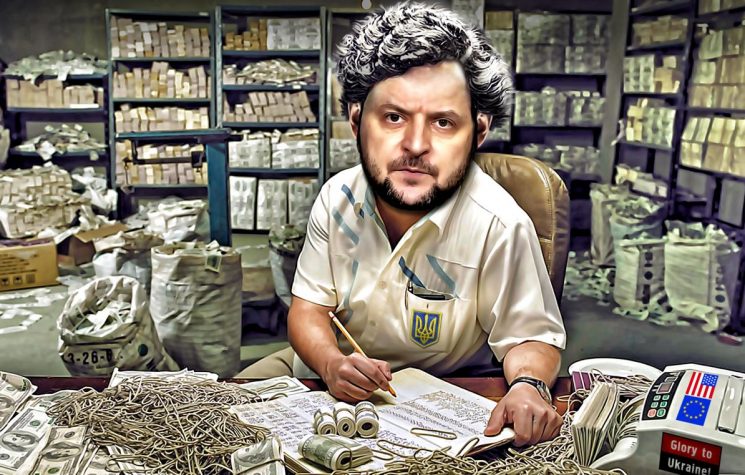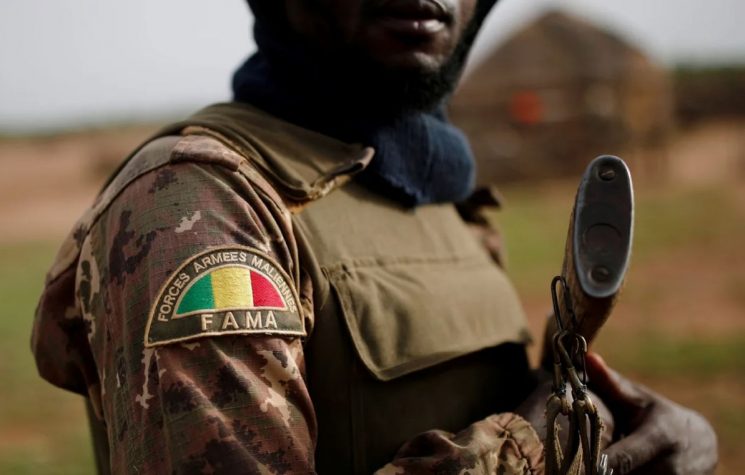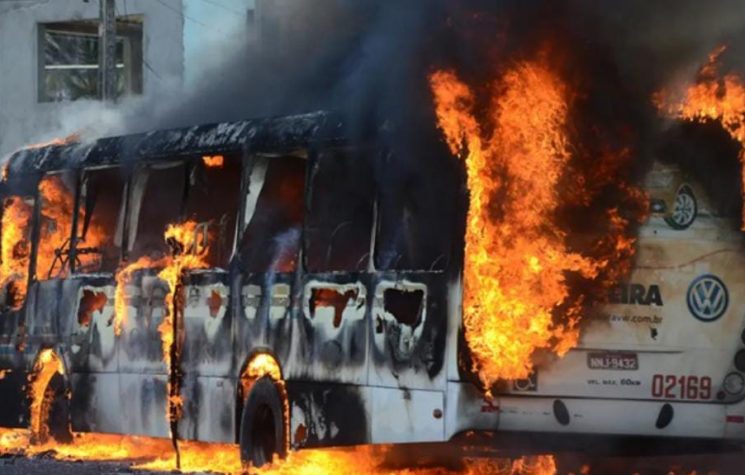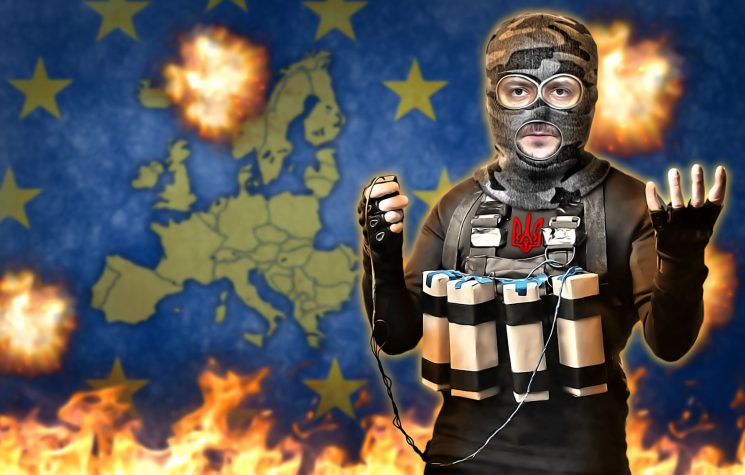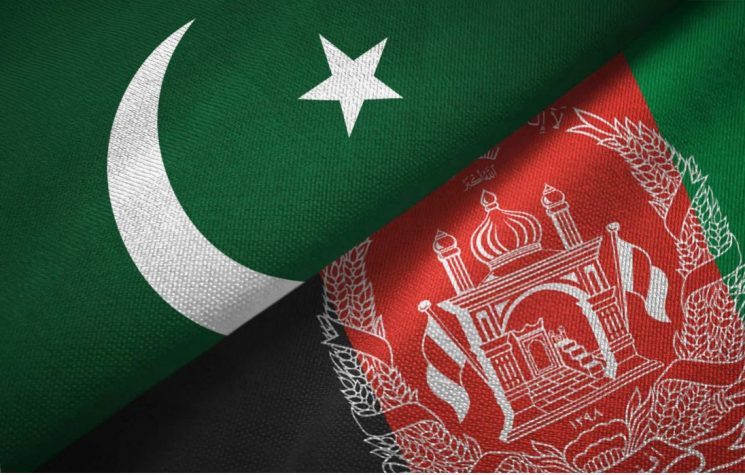The use of alternative modes of conflict elevates the confrontation to another level, entering the domain of terror.
Contact us: info@strategic-culture.su
In the course of 2024, the hybrid modes of warfare adopted by the West and Ukraine have been many, but of all of them, one somewhat ‘vintage’ mode still seems to work: telephone scams. The problem is that the use of these alternative modes of conflict elevates the confrontation to another level, entering the domain of terror.
The idea of call centres and the use of criminality
The NATO-Russia proxy war in Ukraine has been characterized by unconventional attacks as much as conventional ones, although the West has largely focused only on the means by which Russia is conducting what the mainstream media calls hybrid warfare. Reports continue to circulate that Kiev and its Western backers are using Ukrainian phone hackers as a weapon to orchestrate terrorist attacks inside Russia.
It has happened that in the past few days, a series of arsons have caused much damage and disruption across Russia. But this fact is already known. The situation is as follows: since the beginning of the SMO, Ukrainian call centers have been making phone calls to Russian citizens, mainly targeting the elderly, offering scams of all kinds, but also terrorizing them with threats. Most of the calls involve extortion of money and incitement to commit crimes. For instance, the scammers threaten trouble or even the killing of relatives and friends, then ask in return to send money via online or international transfer platforms, or to set fire to objects of military, transport or banking infrastructure.
The way Ukrainian scammers enthusiastically rob Russian citizens has been regarded by the West as ‘correct information and psychological warfare’ and has even been encouraged. But recently this topic has started to penetrate more and more into the pages of the official Western media. In 2023, Europol issued a press release on the crackdown on the scam activities of Ukrainian call centre groups, pointing out that the turnover was in the tens of millions of Euros. Subsequently, in May 2024, information emerged that security forces in Germany and several Balkan countries had unmasked a large European network of telephone scammers with a volume of approximately EUR 10 million. The same happened in the Czech Republic, where many fraudulent phone calls were used to collect money to be channeled into accounts of illegal Ukrainian businesses. The revenue from the call centres does not go to the development of the Ukrainian economy, but is transferred to offshore companies or converted into cryptocurrency.
Last June, U.S.-based BankInfoSecurity reported that Kiev had cracked down on ‘fake investment scams involving the theft of cryptocurrency and payment card data of European and Central Asian citizens’.
In Russia, it is estimated that around 90% of cybercrimes take place through Ukrainian call centres, with technology provided by the West.
About a fortnight ago, the FSB broke up an entire international network of fraudulent call centres with also branches in Russia, with a very high turnover: about 100,000 people from more than 50 countries, all under the direction of Ukrainian-Israeli citizen Yakov Keselman. The guy and his partners organized fake anonymous calls in 2022 about imminent terrorist attacks in Moscow, Belgorod, Kursk and Bryansk. They may also have managed the burning of military registration offices, election offices and polling stations. Keselman was arrested, while his main collaborator, David Tovda, a Georgian-Israeli citizen, is still at large. Among the organisers of this network is the former Georgian defence minister, David Kezerashvili, who is also wanted in Georgia.
As reported by the CBC, the ring is truly international, the criminal ring has even reached Canada: the building on Tarasa Shevchenko Boulevard is just one of hundreds of fraudulent call centres that have sprung up in Ukraine and other parts of Eastern Europe, run by a network of about two dozen criminal groups operating worldwide. Every night, around 150 people enter a building in Kiev to work in a call centre. Their only job: to steal Canadians’ life savings through a series of investment scams, promising victims high, risk-free returns on investment schemes involving cryptocurrencies.
There is a curious fact that also involves Italy: in early January 2024, one of these scams had reached the Chief of Staff of the Carabinieri, General Teo Luzi. The officer had received a message via Facebook Messenger, in which scammers tried to impersonate his daughter: the phone was supposedly broken, she was calling from another phone and needed to transfer money ‘urgently’. The Carabinieri realized the deception and stayed on the line promising to transfer the money, while he himself instructed his subordinates to search for the callers. They were identified within a few hours: a 45-year-old Ukrainian woman and her 21-year-old son were found with 25,000 euro in cash, several mobile phones and sim cards.
This course of action has nothing to do with war, but with a desire to instill terror and create concern in the population. What happened in the call centres goes hand in hand with the attack in Kazan with a UAV drone and a series of simultaneous fires in several shopping centres, bank branches and post offices.
The greatest risk is to see the use of this modality for the organisation of larger terrorist attacks or false flags, in various European or Asian countries.
The whole thing is clearly part of a will to terrorise, employing a well-thought-out strategy. As President Putin said during the lengthy end-of-year Q&A, ‘sabotage against Russian citizens is a clear sign of the terrorist nature of the Kiev regime’.
The delicate but crucial boundary between war and terror
For the problem lies, once again, in the will of the illegitimate leadership of Ukraine and the U.S. imperialist: make war or make terror?
The difference between war and terror can be examined through different lenses of strategic science, including geopolitical, operational, and psychological aspects.
War is a state of armed conflict between nations, states, ethnic or ideological groups, with clearly defined political, territorial or ideological objectives. It takes place according to international rules, such as those outlined in the Geneva treaties, which establish norms of behaviour in war, such as the treatment of prisoners of war and the protection of civilians.
Wars typically involve organized armies with a clear chain of command, equipped with military resources such as troops, weapons, and logistics. Military operations are planned, with strategies and tactics aimed at achieving battlefield superiority.
The objectives are generally territorial (conquest of land), political (regime change), or strategic (destruction of enemy military capabilities). War often ends in peace treaties or armistices.
War can have a massive psychological impact, but tends to be more focused on troop morale and the civilian population directly involved in the conflict.
Terror, or terrorism, on the other hand, is the use of violence or the threat of violence to instil fear, especially in civilians, to achieve political, religious, or ideological goals. It does not follow the conventions of war and often ignores international laws of conflict.
Terrorist organizations may have less formal structures than traditional armies. They may operate in cells, with decentralized or covert leadership, and use asymmetric tactics to exploit surprise and fear.
The objectives of terror are not necessarily territorial but rather psychological and political. The intent is often to destabilize, demoralize, and manipulate public opinion or government to gain concessions or attention.
Terror specifically aims to create a sense of insecurity and widespread fear in the civilian population. Terror attacks are designed to have a multiplier effect on panic and emotional reaction, often amplified by the media.
The differences between the two concepts are very subtle and can be summarized as:
- Legitimacy: war is generally seen as a legitimate means of resolving disputes between states or recognized groups, while terror is considered illegitimate and criminal by the international community.
- Methodology: war uses organized armed forces with conventional or unconventional but recognized military tactics, while terror adopts guerrilla tactics, indiscriminate attacks, or targeted attacks against civilians.
- Purpose and Impact: while war seeks to achieve tangible objectives on the ground, terror seeks to influence perception and behavior through fear.
- International Response: wars, it is known, can lead to international intervention or coalitions, while terror often results in security and counter-terrorism responses, which may include clandestine operations or internal security measures.
While war and terror may share the use of violence for political purposes, their modalities, legitimacy, objectives and psychological impacts are profoundly distinct. War seeks to resolve conflicts through direct confrontation, while terror seeks to erode stability and order through fear and uncertainty.
The Kiev regime in concert with Washington and London promoted a war they knew they could not win. Strategically, Ukraine did not have sufficient resources, neither military nor financial, to face a direct conflict with Russia on its own, so the support of the collective West was indispensable…but it turned out to be a mistake and a deception, which only benefited a few and caused a huge market disaster for all countries involved.
One wonders how willing the Ukrainian population is to live under the aegis of state terror, imposed by an illegitimate government that has erased the word ‘democracy’ from the vocabulary and continues to send many young people to the front to die. How much, we wonder, will it be possible for Ukrainians to accept being afraid every day: afraid of being forced to do something they do not want to do, afraid of ending up in the meat mincer of war, afraid of not being able to choose what kind of future to give their country. A climate of terror never leads to political or military success.
The ancient Romans knew this well. Lucius Anneus Seneca (4 B.C. – 65 A.D.), a philosopher of Stoicism, dealt extensively with the subject of terror and tyranny in several of his works, and deserves to be re-read today.
Tyranny represents a government in which power is exercised in an absolute and arbitrary manner, ignoring the law and the Common Good. A tyrant does not rule for the people but for himself, for his own interests, often using cruel and oppressive methods. The tyrant ruler knows no limits to his authority, terror is his law.
Terror is the instrument of tyranny: violence and fear serve to maintain control and prevent any opposition. It is not only a method of government, but real psychological violence on citizens, creating a mechanism of social control that fuels the self-sabotage and repression of citizens among themselves, because the fear of retaliation and punishment drives people to commit wicked acts.
Seneca understood this well when he wrote that this terror not only degrades human freedom and dignity, but also the morality of the sovereign and his own state. Sooner or later, wrote the Stoic philosopher, every tyrant comes to the end that Emperor Nero did: condemned by his own Senate and forced to flee because he was wanted by the people to be killed, he committed suicide by cutting his own throat.
Once again, the struggle of the rich few against the poor many. It was the people who lost out, not the elites. The Ukrainians were set against the Russians by a puppet government piloted by the Hegemon, establishing a fratricidal war that nobody wanted.










